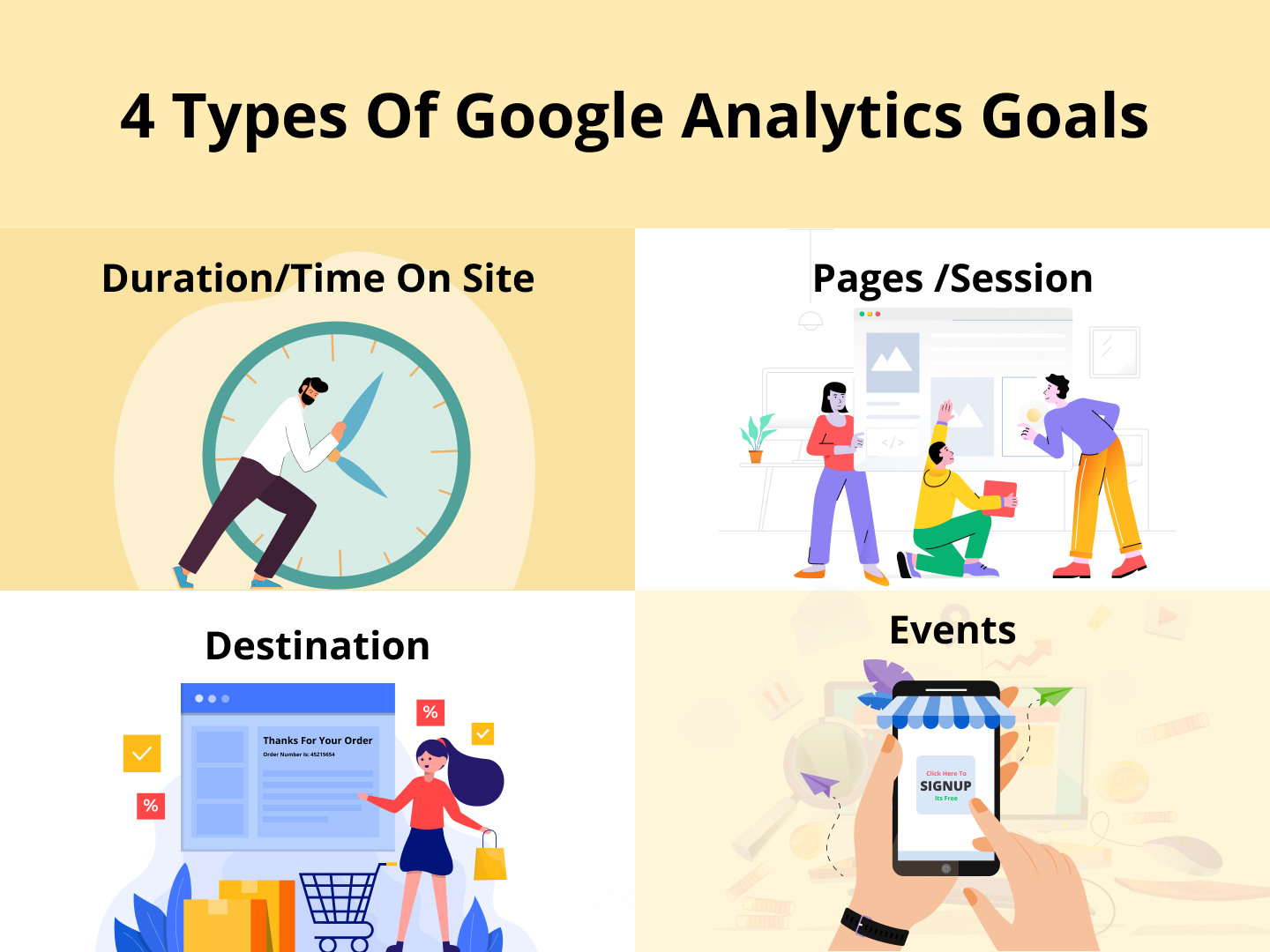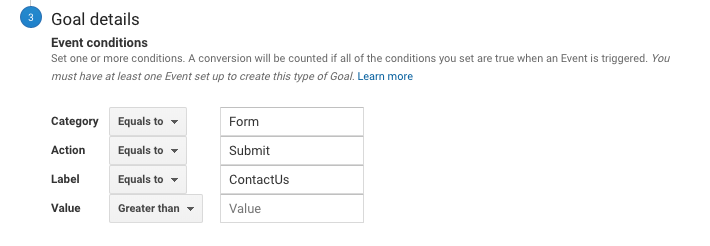Recognizing What Data Is Google Analytics Goals Unable to Track
Recognizing What Data Is Google Analytics Goals Unable to Track
Blog Article
Discover the Limitations of Google Analytics Goals: Unveiling the Data Types That Remain Untrackable
As organizations increasingly count on data-driven decision-making, comprehending the constraints of devices like Google Analytics comes to be critical. While Google Analytics Goals deal important understandings right into individual communications, there exist data types that elude tracking, positioning obstacles to an extensive understanding of customer habits.
Insufficient Customer Trip Tracking
Insufficient customer trip monitoring within Google Analytics can impede the capability to accurately examine individual actions. When the individual trip is not totally tracked, there are spaces in the information that stop a detailed understanding of how users connect with a website. This absence of understanding can result in missed out on opportunities for optimization and improvements to the customer experience.
One usual concern with incomplete user trip tracking is the failure to see the full path that users take before finishing an objective or leaving the website. Without this information, it is challenging to identify where individuals may be running into barriers or friction points that stop them from transforming. Additionally, incomplete monitoring can obscure the effect of specific advertising initiatives or website modifications on individual habits.
To resolve this limitation, it is critical to establish up proper monitoring devices within Google Analytics to capture the whole individual journey. This might involve establishing event tracking, goal funnels, or making use of tools like Google Tag Manager to make sure that no essential communications go unrecorded. By acquiring a detailed sight of the customer trip, internet site owners can make even more enlightened decisions to boost customer engagement and drive conversions.
Acknowledgment Challenges
Navigating via attribution obstacles in Google Analytics requires a comprehensive understanding of just how various touchpoints contribute to the general conversion process. Acknowledgment obstacles develop from the complexity of modern client journeys, where individuals communicate with numerous channels before transforming. Google Analytics gives numerous acknowledgment versions like first touch, last touch, and straight, each using a various point of view on just how credit rating is designated to touchpoints along the conversion path. Nonetheless, these designs may not constantly accurately mirror real impact of each touchpoint on the conversion.
One usual attribution difficulty is the problem in connecting conversions to the proper resource, specifically in instances where individuals communicate with multiple networks prior to transforming. Additionally, cross-device monitoring postures one more attribution difficulty, as customers frequently switch between gadgets during their trip, making it testing to track their interactions perfectly.
Offline Conversions
Given the challenges connected with attributing conversions accurately in online networks, the dimension of offline conversions presents a substantial opportunity for marketers seeking a more detailed understanding of their consumers' trip. Offline conversions refer to actions that clients absorb the real world, such as making purchases in brick-and-mortar stores or over the phone, going to occasions, or engaging with published materials - what data is google analytics goals unable to track. These conversions are crucial for businesses that run both online and offline, as they give valuable understandings into the efficiency of advertising projects throughout various touchpoints
Tracking offline conversions generally positioned a significant challenge for marketing professionals, as it was challenging to link these activities back to particular on the internet communications precisely. With advancements in innovation, such as the combination of CRM systems, distinct identifiers, and discount coupon codes, services can now connect the gap in between online and offline information to obtain a more alternative sight of client actions. By successfully determining offline conversions, marketers can optimize their techniques, allot sources much more successfully, and ultimately enhance the general consumer experience.
Cross-Device Monitoring
Cross-device tracking plays a vital function in comprehending the interconnected nature of consumers' electronic communications across several devices. In today's omnichannel globe, where users effortlessly switch between smartphones, tablets, and desktop computers, tracking their behavior throughout these tools is important for online marketers to gain a thorough sight of their client trip.

Furthermore, personal privacy problems and regulations such as GDPR and CCPA have additionally complicated cross-device monitoring. With individuals requiring even more control over their information and increased constraints on tracking technologies, marketing professionals have to find cutting-edge and privacy-compliant means to attach customer communications throughout tools.
Dynamic Web Content Involvement
Recognizing individual involvement with dynamic material is pivotal i loved this in optimizing digital advertising methods for boosted audience communication. Dynamic content describes web site aspects that change based upon user actions, choices, or other variables, offering an individualized experience. Tracking individual interactions with dynamic material postures obstacles for traditional analytics devices like Google Analytics.
While Google Analytics can track fundamental communications like clicks and page views, it might have a hard time to record even more nuanced engagements within vibrant material. what data is google analytics goals unable to track. Metrics such as time invested in details vibrant components, float actions, or interactions within pop-ups are frequently about his not quickly quantifiable utilizing typical tracking techniques. This restriction hinders online marketers' ability to totally understand exactly how customers are engaging with vibrant material and customize their methods as necessary

Verdict
In verdict, Google Analytics objectives have constraints in tracking insufficient customer trips, connecting conversions properly, capturing offline conversions, tracking cross-device interactions, and gauging dynamic material engagement. These restrictions highlight the value of exploring added tracking methods and tools to gain a more detailed understanding of user behavior and conversions past what Google Analytics can supply.
While Google Analytics Goals deal useful insights right into user communications, there exist information kinds that thwart tracking, posturing difficulties to a comprehensive understanding of individual actions.Insufficient user journey tracking within Google Analytics can hinder the capability to properly assess customer behavior. When the individual trip is not totally tracked, there are spaces in the information that prevent a comprehensive understanding of just how customers communicate with a web site.One typical problem with incomplete individual trip monitoring is the inability to see the complete path that customers take in the past pop over to this site completing a goal or leaving the website. By obtaining a thorough sight of the customer journey, web site proprietors can make even more informed decisions to enhance individual interaction and drive conversions.
Report this page